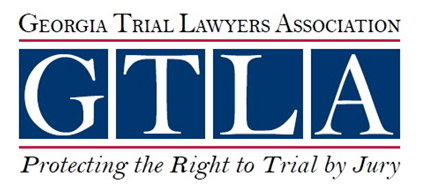A recent blow to the head received by Calvin Johnson, the Detroit Lions’ star receiver, shows the problems with the NFL’s attempts at protecting its players. Though he had sustained a serious injury, he was back on the field just 11 minutes and 44 seconds later. Despite a new PR campaign claiming to take the matter of brain trauma seriously, the NFL has yet to come up with an effective way of handling concussions and, most crucially, of effectively diagnosing them on the field. Whether Johnson was actually fit enough to continue playing is a difficult question to answer under the best of circumstances, but one made worse by the organization’s lack of proper tools.
The incident with Johnson is just the latest in a long string of problems related to severe brain injuries sustained by professional football players. The first major episode revealing the danger of brain trauma occurred in 2002 when Pittsburgh Steelers center Mike Webster died of a heart attack at 50. An autopsy later showed his brain had incredibly high levels of a protein known as tau, which is found in those suffering from Alzheimer’s. Webster didn’t have Alzheimer’s though; he had a degenerative condition known as chronic traumatic encephalopathy (CTE).
The brain disease is commonly found in athletes who have sustained repeated head traumas leading to degeneration of their brain tissue. The increased presence of the protein tau is only confirmed in autopsies, but early signs of CTE have been seen in athletes as young as their 20s. Memory loss, lack of impulse control, aggression, depression and confusion are all signs of CTE. One recent study conducted by Boston University revealed that 34 of the 35 deceased professional football players studied were found to have CTE.
The problem of head injuries is very real and during the very same week that Johnson suffered his injury, three quarterbacks in the league also suffered concussions: Alex Smith, Jay Cutler and Michael Vick. Each one stayed out on the field for several more plays before finally being benched. A Twitter account devoted to tracking concussions in the NFL claims that 194 players have left the field with head injuries so far this season, an average of about one player per game.
Experts say that after years of bad press related to concussion care there’s no doubt the treatment players receive after a concussion has been diagnosed is top tier. The issue is that in many cases the diagnosis is seriously lacking. Doctors primarily rely on a test known as SCAT-2. It’s a physical and cognitive exam that can take 10 to 15 minutes to administer. The problem is the test can be very easy to manipulate and you can score well despite suffering from a serious concussion. Small accomplishments on certain sections of the test can mask more serious trouble.
Critics say the NFL should use other tests, possibly multiple tests, on the sidelines. One such test, the King-Devick test, has proved helpful for boxers and MMA fighters. It asks players to read aloud a series of numbers printed on an index card. The test takes a healthy person 40 seconds to complete. Those suffering from a concussion have great difficulty processing the numbers and can take minutes to finish. The benefit to the test, besides its speed, is that it’s much easier to administer for those that lack training, such as coaches or inexperienced doctors.
Despite a recent rash of high dollar donations to brain trauma research centers and commercials touting the league’s concern, the fact is the NFL has a lot of work to do before it can truly say it’s done all it can to protect the health of its players. Pope, McGlamry, Kilpatrick, Morrison & Norwood, P.C., currently represents former professional football players for injuries and damages sustained as a result of suffering concussions while playing football, and is actively involved in this litigation. If you or someone you love has been injured by a sports-related concussion, you may be entitled to compensation.
Source: “Why the NFL Sucks at Testing for Concussions,” by Sean Conboy, published at Wired.com.
See Our Related Blog Posts:
Boom in Concussion-Related Litigation Affects Everyone From High School to Major League Soccer
The NFL concussion lawsuits keep growing with 3,236 plaintiffs and counting




